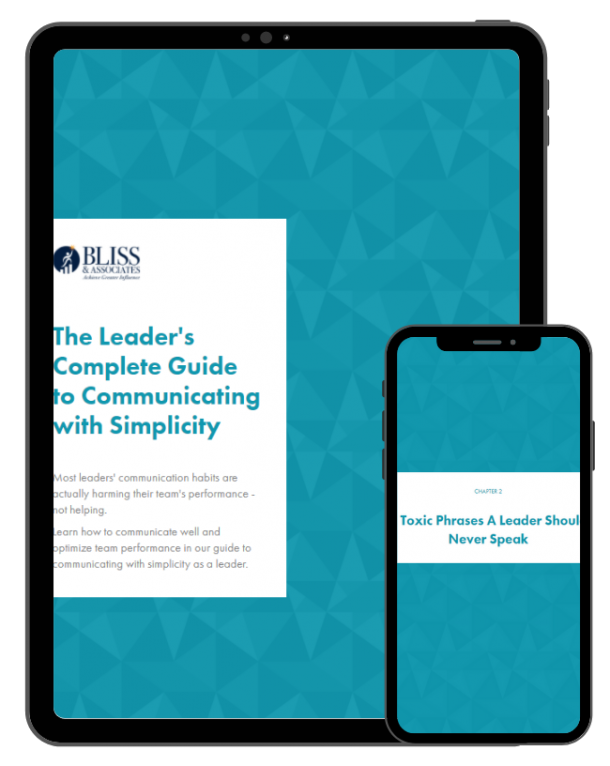
If you have been following me for any length of time, you are not surprised I intend to pass along words of wisdom regarding leadership. As a life-long learner, I regularly read insights, posts, and books from other professionals and scholars on this far-reaching topic.
Recently, I came across a post on LinkedIn written by a Polish business consultant named Pawel Motyl. Mr. Motyl attended a conference with one of my favorite executive coaches and thought leaders, Marshall Goldsmith. Also on stage was Alan Mulally, the former CEO of both Boeing and Ford Motor Co.
Mr. Motyl’s article was a summary of the five exceptional lessons of leadership which he believed Mulally demonstrated; and I would like to share the highlights of these traits along with some of my own commentary for your consideration.
LESSON 1: If you don’t believe in your people, you will get nowhere.
Competent leadership ensures the right things get done. If you are unable to build a team—characterized by open, honest communication, trust, respect, and genuine engagement—you will get nowhere, no matter how great your business strategy is. Leadership is about building and developing the capability of the team. If you know more and perform better than your direct reports, you are in severely limited in the results you produce. Successful leaders demonstrate their trust in people when, instead of micromanaging, they can delegate and allow their people to learn from the inevitable mistakes they will make along the way.
LESSON 2: Having everyone truly included is crucial.
Compelling vision, comprehensive strategies, relentless implementation plans and metrics are all keys to success, and you should make sure that everyone understands and trusts them. The best way to accomplish this objective is to seek out the ideas and perspectives on the vision and strategies from your team. If people know where the company is going and are up-to-date with status, they feel included and part of the success. Uncertainty, gossiping, and lack of engagement are rooted in insufficient communication.
LESSON 3: Emotional resilience comes from the process you trust.
If you have both a process and a plan, these are your supports when tough times come. Having trust in your process and plan helps you sleep well at night. However, there are two important consequences of this mindset.
a. When an organization faces a problem, the instinctive reaction is often “we have to change our plan!” This approach is usually incorrect, unless you have new information to dispute the knowledge you used for your original plan. Mulally’s lesson is to resist this impulse —don’t do it; instead, find a better solution to the problem by creatively searching for ways to re-align your plan with the new information you have received..
b. Rely on facts and data, not on assumptions. Data confirms the reality of the situation and sets people free to continue working the plan and seeing results. This discipline builds a resilience which feeds perseverance.
LESSON 4: Zero tolerance for those who violate norms and expected behaviors.
This lesson might seem surprising: although individual performance is important, values and norms are what really matter in an organization. These are the elements that establish the culture of the organization. Mulally is okay with someone who has no idea how to solve a problem he or she encounters (see Lesson No. 5), but he shows no tolerance for employees who violate values and expected behaviors.
LESSON 5: Having no solution to a problem is OK.
We work in ego-driven organizations and environments, where admitting you have no idea what to do can lead to professional suicide. Empowering people and making them accountable for certain behaviors makes sense. But what if someone faces a problem which can’t be solved despite his or her best efforts? As a leader, you would do well to welcome this dilemma as a great opportunity to confirm the longer term outcome in the minds of the people on your team. In this case, team brainstorming is a good alternative approach and can lead to solutions no one thought of before.
The common element in these lessons is to consistently demonstrate these leadership traits. Turning astray from any of them gives those on your team room to pause and question your authenticity and integrity as a leader. As you reflect on these five lessons, how would you rate yourself? If there is something you’d like to work on, I would love to be of assistance.
Best regards,
Bill

